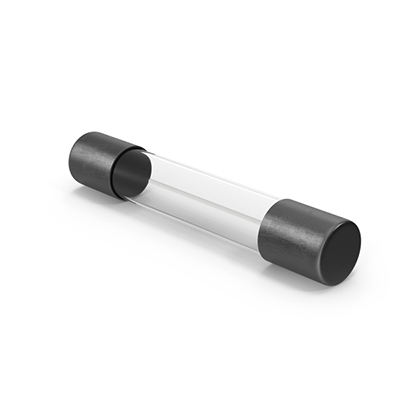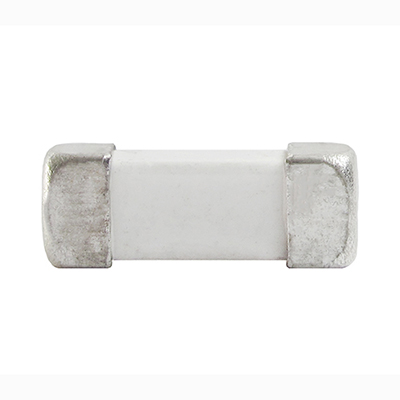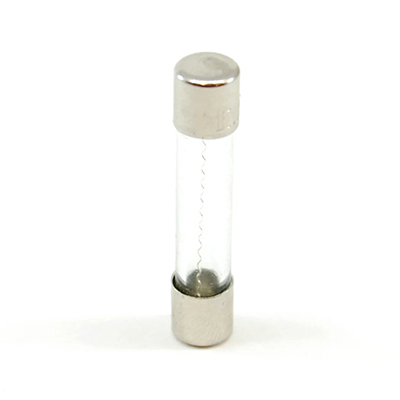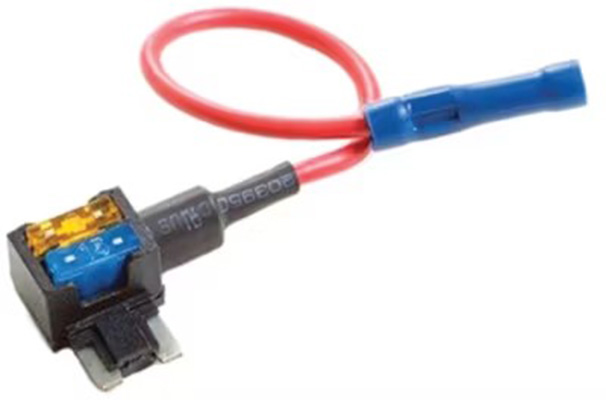Importance of Glass Fuses in Protecting Car Air Conditioning Circuits
News 2025-10-27
Glass fuses play a vital role in automotive electrical systems, especially in safeguarding car air conditioning circuits. These components are designed to protect against overcurrent conditions that could arise from faults, shorts, or component failures. In the context of car AC systems, glass fuses ensure reliable operation by interrupting the circuit when excessive current is detected, thereby preventing damage to sensitive parts like the blower motor, compressor, and wiring. Their transparent design allows for easy visual inspection, making them a practical choice for maintenance in vehicles. Understanding their function is key to maintaining the efficiency and safety of automotive climate control systems.

Applications in Car AC Circuits
Glass fuses are integral to various parts of a car’s air conditioning system. For example, they are often found in the circuit for the blower motor, where they protect against overloads caused by mechanical issues or electrical surges. In the compressor clutch circuit, these fuses safeguard the electromagnetic components that engage the AC compressor, ensuring that high current draws do not lead to system failures. Additionally, they are used in control modules and sensor circuits, helping to maintain precise operation of the AC system under different driving conditions. This targeted protection enhances the overall durability and performance of automotive air conditioning units.
Key Performance Benefits
Glass fuses offer several advantages that make them suitable for car air conditioning applications. Their fast response time to overcurrent situations helps minimize potential damage to expensive AC components, reducing repair costs and downtime. These fuses are compact and lightweight, fitting easily into the limited space of automotive designs without adding significant weight. Moreover, they provide consistent protection across a range of temperatures and environmental conditions commonly encountered in vehicles. Their affordability and ease of replacement further contribute to their widespread use, ensuring that car AC systems remain functional and efficient over time.
Frequently Asked Questions
1. What amperage ratings are typical for glass fuses in car AC systems?
Ratings generally range from 10A to 30A, based on the specific component they protect, such as the blower motor or compressor.
2. How can I identify a blown glass fuse in my car’s AC circuit?
Look for a broken wire inside the glass tube or test with a multimeter for continuity to confirm if it’s faulty.
3. Is it safe to use a ceramic fuse instead of a glass one in automotive AC circuits?
No, it’s best to stick with glass fuses as specified, since they offer better visual inspection and are designed for the application’s current and voltage requirements.


